INTRODUCTION
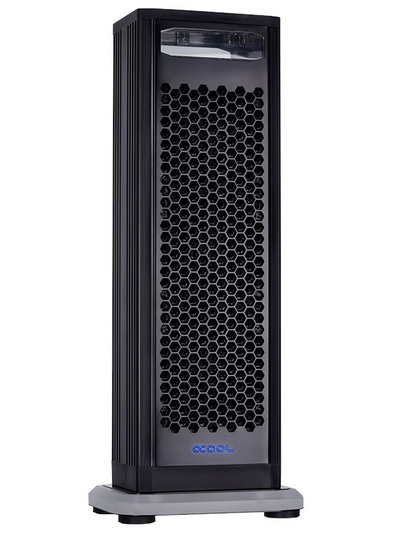
As many of you already know once upon a time water cooling did belong in the niche hardware component category but largely thanks to the appearance of AIO liquid CPU and GPU coolers that's really a thing of the past. It's true that complete water cooling kits are still way more expensive and quite harder to install than AIO models but at the end of the day these are still aimed at experienced users and their prices are nowhere near to what they used to be a decade ago. There is however a solution for inexperienced users who are still willing to spend quite a bit on a complete water cooling kit but can't or are not willing to spend time installing one. We are of course talking about external water cooling kits and today we're going to be testing one and more specifically the brand new EISWAND 360 by our friends over at Alphacool.
Alphacool are based in Germany and are one of the biggest producers of watercooling components for the PC market. Their products are sold worldwide which is testament to the quality of products they sell and are renowned for being very high performing.
The Alphacool EISWAND 360 is basically an aluminum tower (535mm tall) which contains a 360mm long radiator (NexXxos XT45), a rather medium-sized illuminated reservoir (700-750ml capacity), two high-performance pumps (DC-LT 2600) and a total of six 120mm fans (Eiswind) placed in push and pull configuration for optimal performance (EVA insulation sheets placed on both sides of the tower keep dust on the exterior for easier cleaning). The kit is completed by a 4 meter long 11/8mm black PVC tube with 4 anti-kink springs, the NexXxoS XP3 Light universal CPU waterblock and two quick-release connectors which allow you to expand the loop (add other components such as radiators and GPU waterblocks) with ease. The EISWAND 360 is not the first external water cooling kit in the market (nor do we expect it to be the last) but it is the very first released by Alphacool so let's move forward with our review and see what kind of cooling efficiency you can expect from it.
SPECIFICATIONS AND FEATURES

PACKAGING AND CONTENTS
The EISWAND 360 gets shipped inside a large box that has a picture of the illuminated reservoir at the front.
A picture of the illuminated base is placed at the rear of the box.
Packaging is superb with the main unit placed inside bubble wrap and two pieces of foam while the rest of the bundle is placed inside two cardboard boxes (the Cape Kelvin catcher cooling fluids are placed in their own cardboard boxes).
The bundle is overwhelming and so aside the EISWAND 360 tower you will also get an external power supply with two power cords (EU/UK), 12v to 7v Molex power adapter, 4m 11/8mm black PVC tube, two quick-release connectors, Molex to Molex power cable, NexXxoS XP3 Light waterblock with its installation instructions and mounting hardware (compatible with Intel LGA 604/771/775/1150/1151/1155/1156/1366/2011/2011-3 and AMD C32/G34/754/939/940/AM2/AM2+/AM3/AM3+/FM1/FM2/FM2+ mainboards - optional AM4 compatibility as of now), 4 black compression fittings, Allen key, thermal paste tube, 4 anti-kink springs and two 1 liter Cape Kelvin catcher cooling fluid canisters.
THE EISWAND 360
Alphacool bundles a 12v to 7v Molex power adapter for people who may wish for less noise coming from both the fans and pumps and i think it's worth pointing out since we don't see similar items a lot (still i'd prefer a button or a switch over it).
You can always choose to power the EISWAND 360 from your PSU using the bundled Molex to Molex cable but for our tests we used the external power supply which as you can see is manufactured by PHOBYA.
The XP3 Light waterblock is the 3rd best in the Alphacool line (after the XPX and XP3 models) and features an all-copper base with an acetal top.
The all-copper base is polished and only has but a few machine marks.
From the above picture you can all see the cross-slotted design and backflow channels of the all-copper base.
Here we see the 535mm tall, 210mm wide and 150mm deep aluminum tower of the EISWAND 360.
Alphacool has placed EVA insulation on both sides of the tower so although this will probably reduce airflow levels it should keep dust outside (the only question is how easy will it be to remove that dust).
The company logo is placed on the lower end of the tower (both sides - illuminated).
At the top of the tower we find the mid-size reservoir which can be filled through a G1/4" port.
Although the base of the EISWAND 360 tower is 150mm from one end to the other the main body is actually just 110mm thick.
The base features a rubber like material and is illuminated (blue LEDs).
At the rear of the tower we find the IN and OUT G1/4" ports and the Molex power connector.
The base sits ontop of 4 removable round feet.
INSTALLATION - FINISHED LOOKS
The very first thing we did was to install the two compression fittings on the EISWAND 360 and then mount the tubes and the anti-kink springs.
Remember you don't have to cut the tubes in 4 pieces to install the quick-release connectors but they can come very handy if you plan on expanding the loop.
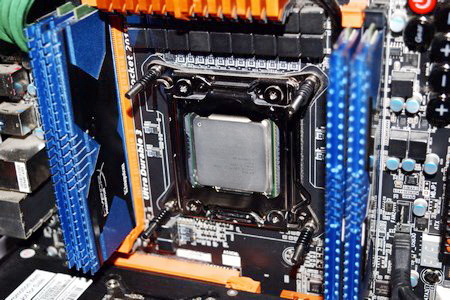
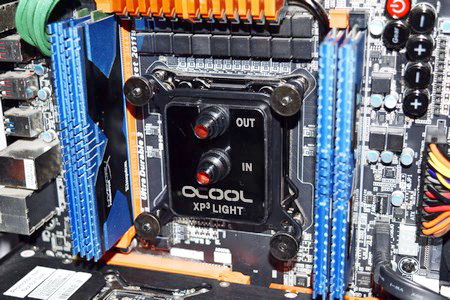
After that we mounted the 4 tall bars around the CPU and then installed the XP3 Light waterblock (of course we also mounted the other two compression fittings on it).
Once the tubes were connected via the quick-release connectors we started filling the reservoir (remember not to turn on the unit before you start filling the reservoir otherwise the pumps may get damaged) and continued doing so as it filled the loop (moving the tower around while doing so will help release air inside the loop). Though not very important i think we should point out that the reservoir has a white LED inside and not a blue one like its other parts.
When i first checked the base material i didn't think illumination would be very bright but i was wrong.
TEST BED
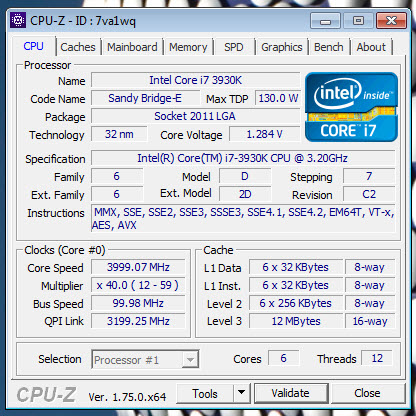

TESTING METHODOLOGY
Testing complete water cooling kits or individual radiators is no different than testing CPU Coolers and since we want all of you to be able to compare similar products we created new and separate charts (you can still cross-compare results however since we are using the same test rig). So once again single (120/140mm) watercooling solutions are tested with the radiator mounted at the rear of our test rig while dual/triple/quad (240/260/280/360/420/480/560mm) solutions with the radiator mounted at the top. For the dBA tests complete water cooling kits or radiators with bundled fans are measured both while on idle mode or with the fan controller in the minimum setting and while on extreme load or with the fan controller all the way to the highest possible setting (PWM fans do that on their own without our intervention). Every single test takes place in a temperature controlled room of 23 degrees Celsius Ambient Temp with the help of two AC units placed diagonally inside the room. When testing complete water cooling kits we use the Arctic Silver 5 thermal paste. Finally much like when testing CPU Coolers it's very important to point out that just because a water cooling kit outperforms another when tested with our test rig (when we test complete water cooling kits) that does not necessarily mean that the same performance differences will apply 100% for other CPU models and in other situations (such as different ambient temps and system configurations).
To successfully record the load temperatures we use the latest OCCT application for around 6-10 minutes to push the processor to its limits and after that is done and the temperatures are recorded we wait for about 10-20 minutes for the CPU to cool down and record the idle temperatures. This is done to allow time for the thermal conductive material to achieve the optimal performance level. Same procedure is then repeated with the Passmark BurnIn Test as a failsafe just in case the OCCT results are wrong. This procedure takes a lot more time than the usual peltier/thermometer tests but this way not only can we deliver real world results to our readers based on real CPUs but we can also triple check the results using a variety of programs. Last but not least the temperatures were recorded using both the latest versions of AIDA64 and RealTemp while the noise level tests (when fans exist in the bundle) are performed using a high precision ExTech HD600 Decibel Meter placed about 10-15cm above the radiator. Still although the same testing procedure applies to all units do take into consideration that unlike the official numbers which are measured in special noise isolated labs with just the fans here we also have both the rest of the cooler and the rest of the system (although all system fans are turned off when recording noise levels).
TEST RESULTS


CONCLUSION
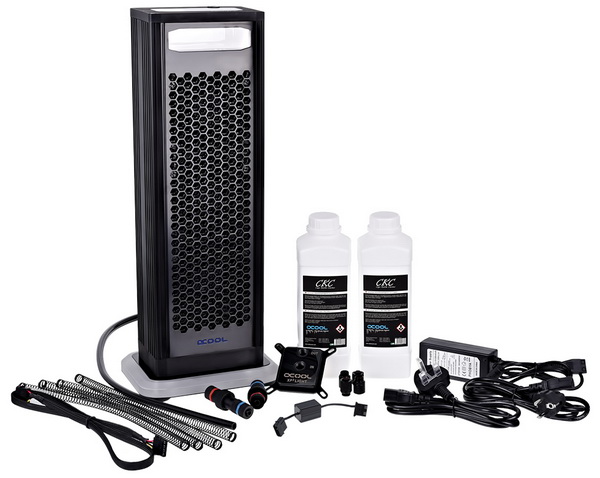
Although the EISWAND 360 is considered by many to be an AIO external liquid CPU cooler it does require you to cut and mount the bundled 4m tube and waterblock and so in our book at least it's yet another complete water cooling kit which is why we compared it with all the others we've reviewed over the years (still since the same system is used for our AIO and mid/high-end CPU cooler tests feel free to compare the results directly). Now although as you can clearly tell from our charts the EISWAND 360 does extremely well in terms of performance both at 12v and 7v it’s actually not what we’d call perfect. So let’s start from the obvious thing which is the lack of an on/off switch. This is not important if you choose to feed power to the EISWAND 360 from your power supply unit but if you choose to use the external power supply you will have to plug it into the power socket right before you power up your PC and unplug it once you’ve powered it off. This is by no means a deal breaker but we all agree that this should be a priority for Alphacool in future models and/or revisions. Another small issue is the fan/pump noise levels since although overall they are not what we’d call extreme still for an external water cooling kit which some people may even place on their desks it may become annoying. Now Alphacool does bundle a 12v to 7v power adapter which can be used to reduce the speed of both the fans and the pumps (we also tested the EISWAND 360 with that adapter) but even after 30 minutes of testing the adapter was so hot that we could hardly hold it in our hands. This may not result in damage to the adapter (it just might) but either way a button/switch or even a software control panel via USB would be a more preferred solution. Overall we think it’s a great first step into this specific product line but we all think Alphacool has much more to give to consumers both in terms of features and performance (we hope an EISWAND 420 is in the works).
Since Alphacool just released the EISWAND 360 we had expected that it would not be widely available yet but you actually can find it for USD367.64 inside the USA (Aquatuning.us) and for 349.99Euros inside the EU (Aquatuning.de) a price tag which is indeed set quite high. Of course after taking into consideration that the cost of just the water cooler parts alone (radiator, reservoir, 2 pumps, waterblock, 6 fans, 4 meter tube, 2 anti-kink springs, 2 quick-release connectors, 4 compression fittings, 2 single liter cape kelvin cooling fluid canisters) adds up to roughly 340Euros (again from Aquatuning.de) that seems justified and well balanced (not including the body of the tower along with the EVA sheets, external power supply and the 12v to 7v adapter). So if you’re looking for an external water cooling kit and you can go as high as the EISWAND 360 we think it will offer anything you’d expect and then some. Sure it’s not the perfect water cooling kit but then again is there such a thing? At the end of the day we enjoyed using the EISWAND 360 so much that we gave it our Golden Award.

PROS
- Very Good Build Quality
- Excellent Cooling Efficiency
- Fast And Easy Installation (Compared To Internal Kits)
- Design
- Bundle
- External Power Supply
- 12v To 7v Power Adapter
CONS
- No On/Off Switch
- Noise Levels (12v)

 O-Sense
O-Sense





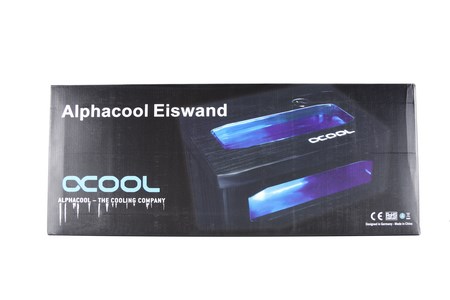
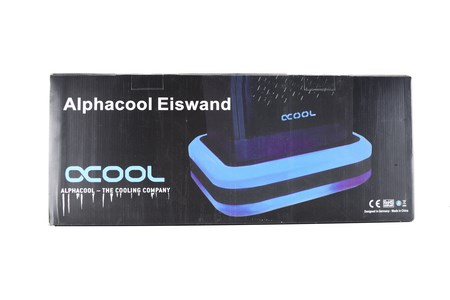

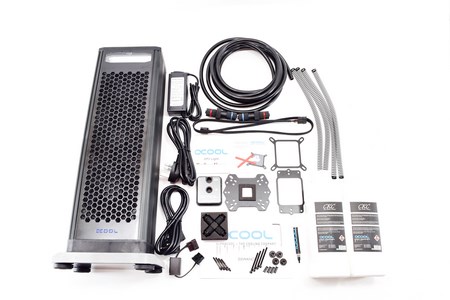

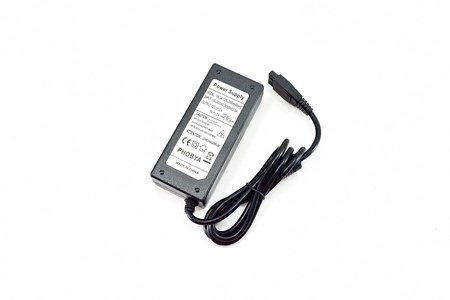
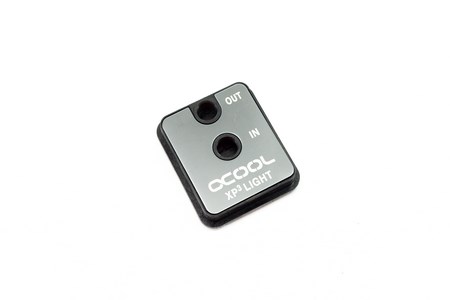
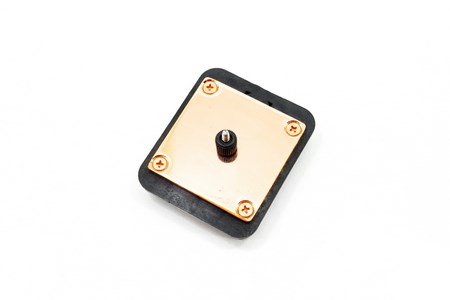
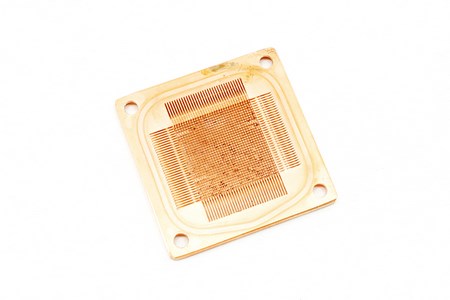
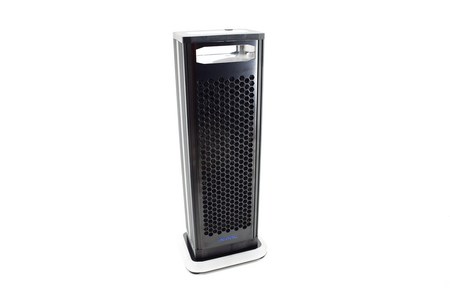
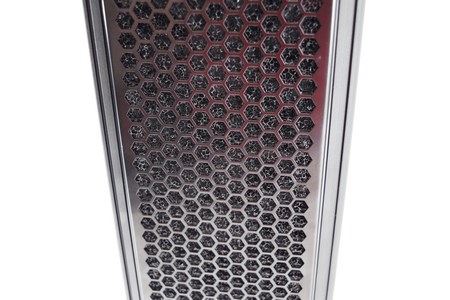
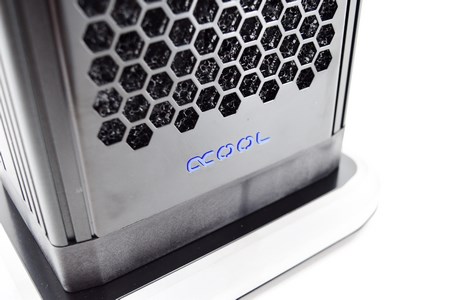
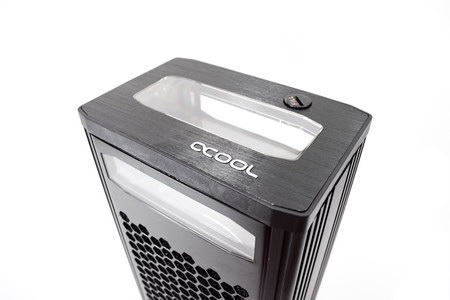
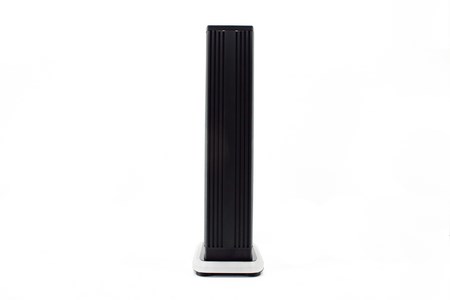
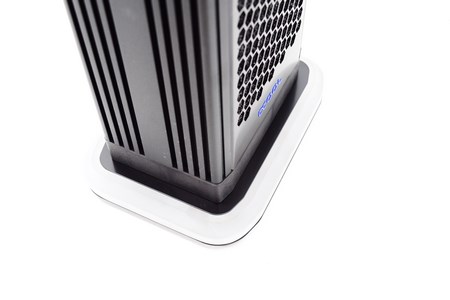
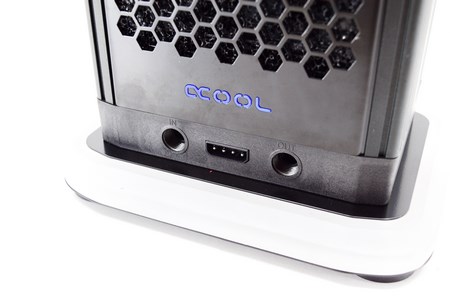
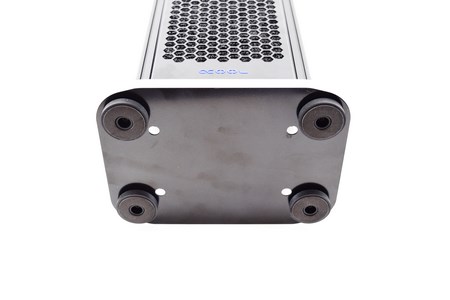
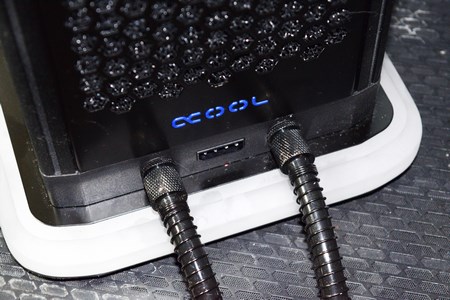
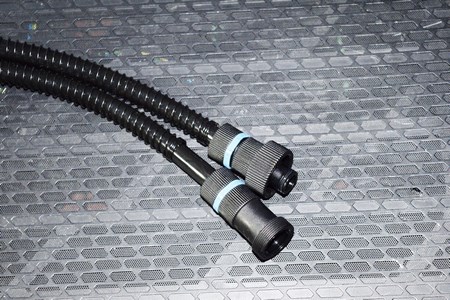

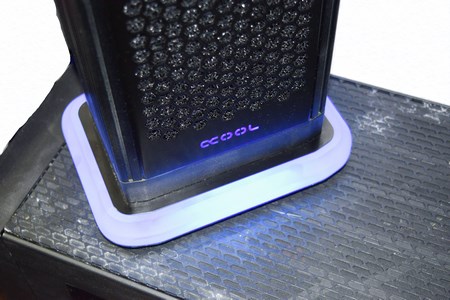


.png)

